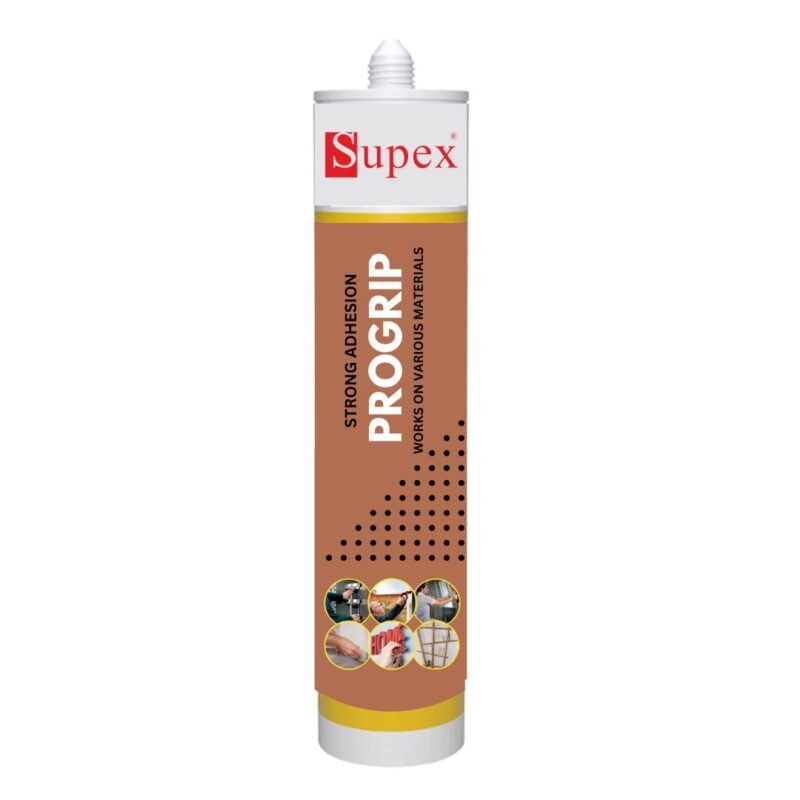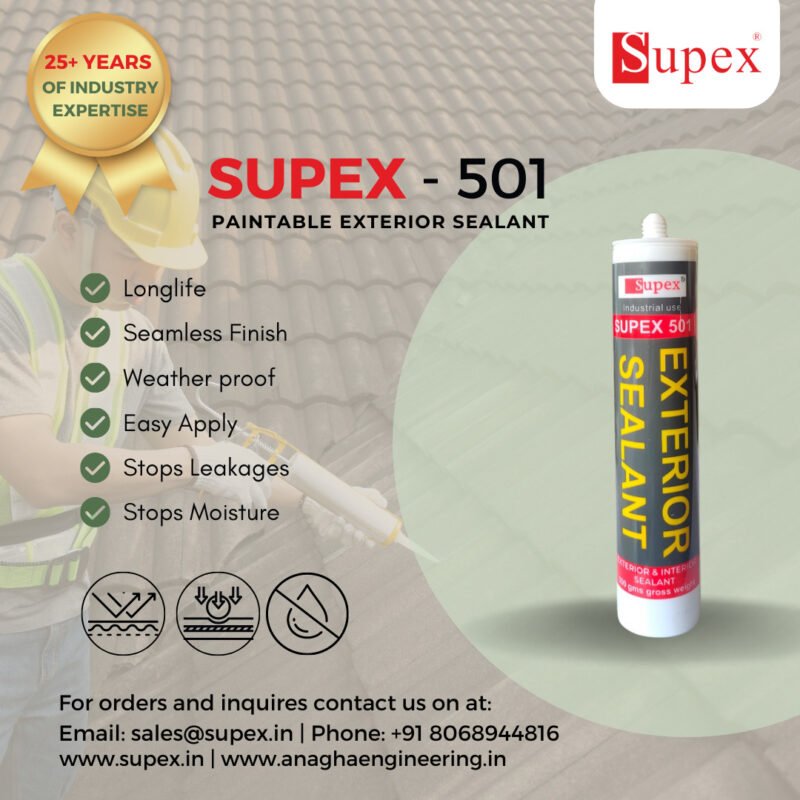Introduction: Reefer Container repair
Reefer container Leakage repairs have become a yearly ritual. Shipping containers play a crucial role in global trade,  providing a reliable and cost-effective means of transporting goods across long distances. However, these containers are subject to wear and tear, exposure to harsh weather conditions, and potential damage during transit. Regular maintenance and leakage repair in shipping containers can be expensive and time-consuming. Fortunately, by utilizing high-quality silicone sealants and polyurethane (PU) sealants, shipping lines and container owners can significantly minimize repair and maintenance costs. In this blog, we will explore the benefits of using silicone and PU sealants and how they contribute to extending the lifespan of shipping containers.
providing a reliable and cost-effective means of transporting goods across long distances. However, these containers are subject to wear and tear, exposure to harsh weather conditions, and potential damage during transit. Regular maintenance and leakage repair in shipping containers can be expensive and time-consuming. Fortunately, by utilizing high-quality silicone sealants and polyurethane (PU) sealants, shipping lines and container owners can significantly minimize repair and maintenance costs. In this blog, we will explore the benefits of using silicone and PU sealants and how they contribute to extending the lifespan of shipping containers.
Why do reefer Container Leak ?
- reefer Containers are subjected to heavy loading, rough handling, transportation in difficult conditions and differing weathering conditions.
- Stays in Saline environment for long periods
- stored in open conditions subject to weather fury, corrosive environment.
- physical damage during container movement.
- Strong chemicals being transported in containers.
Types of damaged endured
- wear and tear of metal
- rusting and corrosion
- physical damage, dents
- Welding seams getting damaged
Shipping container, Reefer container, truck, trailer repair
Request a consultation
Call/ Whatsapp: +91 9699892782, Mail: sales@supex.in
Click HereCommon Types of reefer Container Damage
In order to understand how to repair shipping containers, you need first to identify the type of damage. Let’s look at the most common types of shipping container damage:
Rust on the shipping container
Shipping containers are usually made from industrial-grade steel. This material makes the containers very sturdy and can withstand high loads for a long time. But the disadvantage of steel is its propensity to rust. The most common causes of rust are adverse weather conditions, moisture, and damage to the container during transportation. Most often you will notice rust on the bottom of the container, on the shipping container door, or in the seams.
Refrigerated container damages
Refrigerated containers are designed to transport medicine, food, and other perishable goods. These containers are typically well-insulated and can maintain a low temperature inside. Breakdowns in such containers are more common than in standard containers. Therefore, it is necessary to conduct refrigerated shipping container repair and maintenance regularly.
Dents, scratches, and holes
By loading or unloading large heavy items, the risk of various dents and scratches is very high. Such damage can be minor or even barely noticeable. But sometimes holes can occur anyway. These damages can cause wall or roof leaks. In this way, the container loses its protective properties and becomes unsuitable for storing and transporting items.
Accessories damage
Shipping container parts such as ventilation, heating, and safety systems can also break down over time. It is important to repair a damaged shipping container part or accessories as soon as possible. Otherwise, more serious damages can occur.
Damages to the door, floor, and windows
The door is used in the shipping container most often. That is why it is prone to various damages. Besides the door, windows and the floor can also be damaged. As a rule, such damage is the result of improper use. If the door or window is damaged, it can be difficult to open and close, and the windows and door seals become worn out and loose.
Each of these damages can easily be eliminated. You just need to find the right type of repair. In the next section, find out some useful tips on how to fix shipping containers.
Problem / Solution : Shipping container repair
- metal joints damaged leading to seepage – Clean the area and seal the joint using Supex PU 25
- Corroded metal – Remove loose particles from corroded surface and coat surface with Supex Salvage rust- it converts rusted surface into a protective coating which prevents from further rusting.
- metal structure cracks – clean the cracked/ damaged surface- apply marine grade putty to rebuild the surface. Rebuild surface can be grinded, polished, painted to appear like original metal surface.
- Dents – Clear dents and apply a coat of marine steel putty.
- paints scraped from surface, scratches: use Spray paint and protect the freshly painted surface with Supex Stop Rust- aqua coating which prevents atmosphere to reach the painted surface and protects from rusting/ corrosion.
- general seepages: Seal with Supex PU 25 or Supex 501 sealant and paint the surface for aesthetics.



Benefits of Silicone Sealants:
Silicone sealants are widely used in various industries due to their exceptional durability, flexibility, and resistance to weathering. When applied to shipping containers, silicone sealants create a protective barrier that prevents water ingress, corrosion, and air leakage. The key advantages of silicone sealants include:
- Superior Weather Resistance: Silicone sealants can withstand extreme temperatures, UV radiation, and moisture, making them ideal for sealing joints and gaps in shipping containers exposed to outdoor environments.
- Excellent Adhesion: Silicone sealants bond well with a variety of surfaces, including metal, glass, and plastics, ensuring a long-lasting seal.
- Flexibility: Shipping containers are subject to constant movement and vibration during transportation. Silicone sealants accommodate these movements without losing their sealing properties, reducing the risk of seal failure.
Benefits of PU Sealants:
Polyurethane (PU) sealants are another popular choice for sealing shipping containers. PU sealants offer the following advantages:
- Strong Adhesion: PU sealants form a strong bond with different substrates, including metals and plastics, ensuring secure and long-lasting seals.
- High Flexibility: The inherent flexibility of PU sealants allows them to accommodate the expansion and contraction of shipping container materials, reducing the likelihood of cracks and leaks.
- Enhanced Mechanical Properties: PU sealants provide excellent resistance to impact, abrasion, and chemicals, protecting the container from potential damage during transit or handling.
How to increase life & reduce cost of shipping container repair
By utilizing silicone and PU sealants, shipping container owners can achieve significant cost savings in leakage repair and maintenance. Here’s how:
- Preventing Water Damage: Applying sealants to container joints and seams prevents water infiltration, which can lead to rust, corrosion, and structural damage. By minimizing water damage, owners can avoid costly repairs and increase the lifespan of the container.
- Reducing Energy Costs: Properly sealed containers minimize air leakage, preventing temperature fluctuations and reducing the energy required for climate control. This leads to lower energy bills and improved overall efficiency.
- Long-Term Protection: The durable and weather-resistant properties of silicone and PU sealants ensure long-lasting protection against the elements. This reduces the need for frequent maintenance and extends the lifespan of the container.
Conclusion:
Silicone sealants and PU sealants provide a cost-effective solution for minimizing leakage repair and maintenance costs associated with shipping containers. By investing in high-quality sealants, container owners can protect their assets from water damage, extend the container’s lifespan, reduce energy consumption, and avoid expensive repairs. Remember to choose sealants that are specifically designed for container applications and follow proper application techniques for optimal results. By doing so, shipping container owners can maximize their investment and ensure a smooth and efficient logistics operation.
